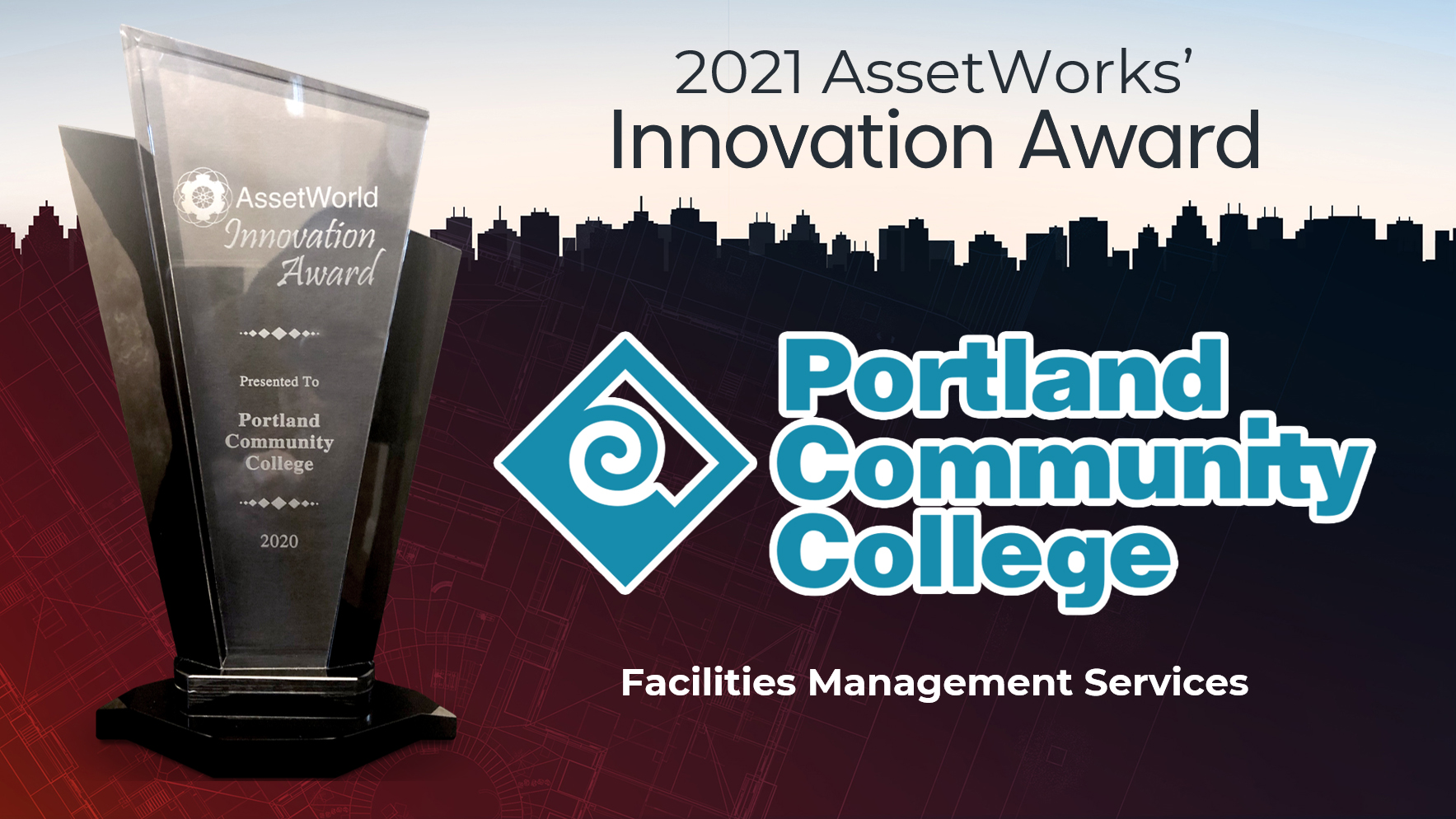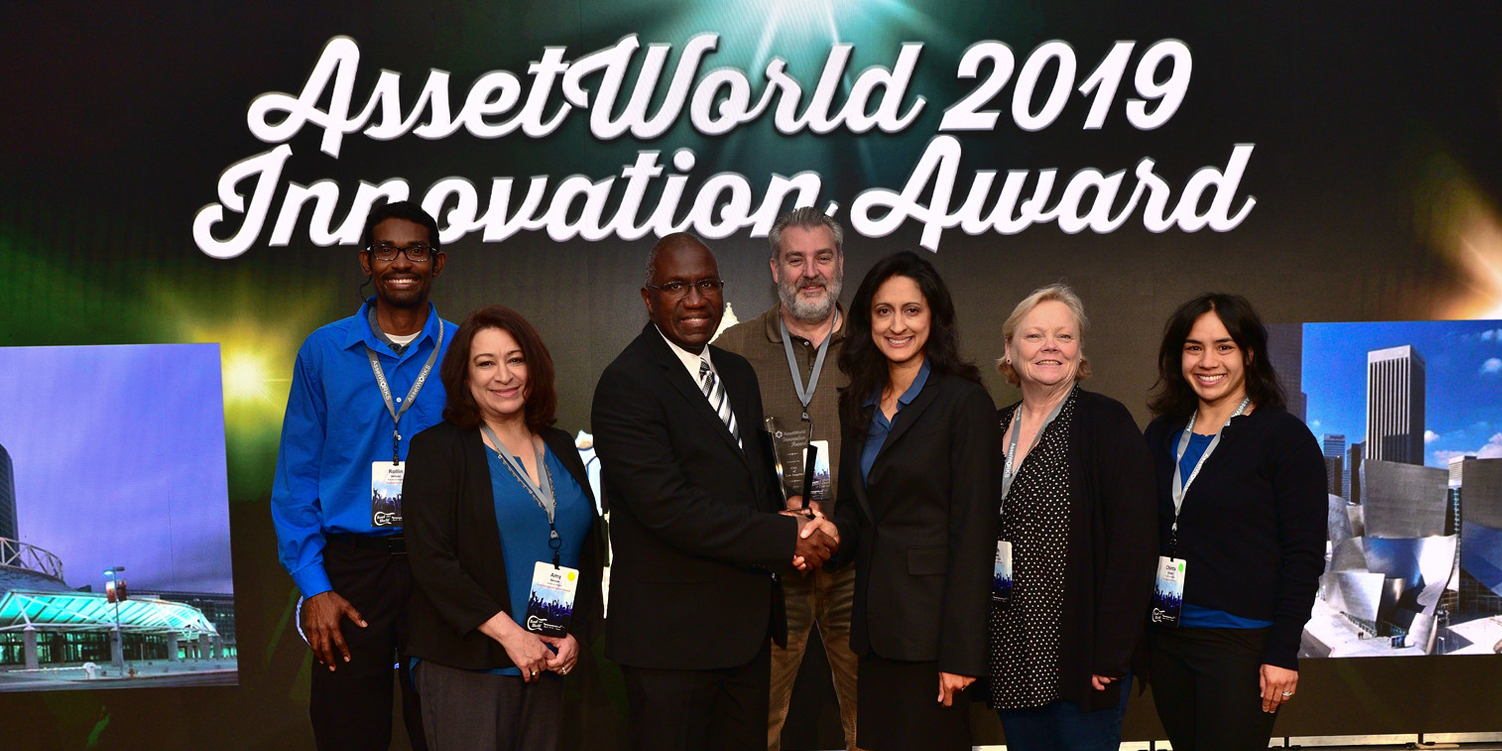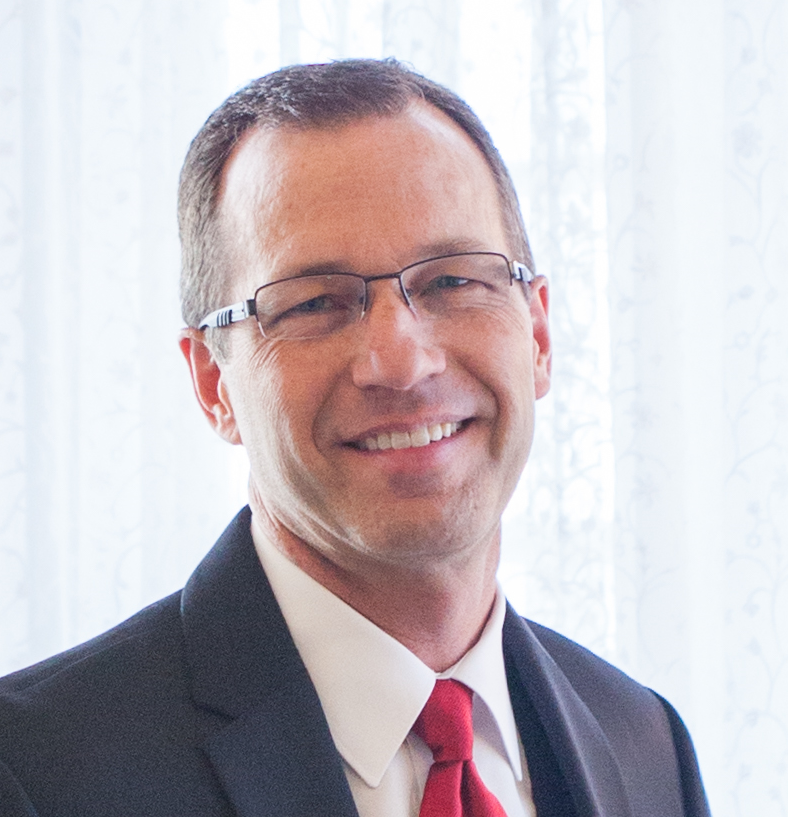What is facilities asset management software in 2021? (Part 2)

Greg Jarboe

Last week, I bet that you were looking for more than a definition of facilities asset management. I figured that you were probably in the early stages of a complex and difficult process that Gartner says will involve six steps:
- Problem identification. “We need to do something.”
- Solution exploration. “What’s out there to solve our problem?”
- Requirements building. “What exactly do we need the purchase to do?”
- Supplier selection. “Does this do what we want it to do?”
- Validation. “We think we know the right answer, but we need to be sure.”
- Consensus creation. “We need to get everyone on board.”
But, Gartner also says that this “buying journey” that you are undertaking isn’t linear. Instead, you like other higher education teams will engage in what one might call a “looping” path, revisiting each of those six buying steps at least once.
This means that you might want to do more than search for relevant and valuable information from credible sources. You may also want to contact an expert with relevant and valuable experience who you can trust.
I know, most people in your position at other colleges and universities might wait until they reached the “supplier selection” step before contacting someone who works for the typical vendor of facilities asset management software.
But, I’ve met the higher education team at AssetWorks and they are experts with relevant and valuable experience who you can trust. And I’ve interviewed five of them over the past couple of months, so you can decide for yourself if you want to talk with one of them sooner rather than later.
And, you may or may not have noticed that I asked each person that I interviewed roughly the same question:
You and I both know that when higher education institutions make complex buying decisions, they generally go through a six- step process: Problem identification, solution exploration, requirements building, supplier selection, validation, and consensus creation. When in this prolonged buying process is the best time for a director of facilities to contact you?
Here’s what Marshall McSpadden said:
“You know, that's a good question. I think that the basis of it is the sooner, the better. Honestly, I mean, yeah, we pride ourselves in being consultative. First, I am a member of a sales team, but you're in control of that. And to be honest with you, most of these transitions take over a year. They're very complex. They're very detailed.
“The depth of knowledge AssetWorks has is just incredible. We'll see many of our competitors hiring PMs that are just out of college, where our PMs have 15 plus years of experience, and some even have 30 plus years of experience in this area. So, the sooner you can reach out, we can help you guide you through the problem identification, understanding your needs.
“AssetWorks can bring in years and years of experience of folks that have been in your world. So, it's just an excellent opportunity to become a partner. We always say, "If you buy our software, you are not a customer. You're part of the family." At our annual conferences and other places, you can see how well the AssetWorks family has worked together to take many campuses live with a fantastic solution.
“And not only do we take care of you, but we have over 100 higher education folks just like you, and we work to get you guys to converse as well. So, I would say, if you're thinking about making a change or you need ideas, drop us a line. We're not going to be the high-pressure sales folk that want to close a deal tomorrow. We're going to want to understand your needs and get it done right. So, I would say reach across the aisle. We're here to help.”
Here’s what Paul Sharp said:
“The answer, almost invariably, is as early as possible. There's lots of things that we have learned. We're an organization that's been doing these solutions now for 30 years. And, again, I've got experience outside Assetworks, earned by delivering high-profile public-sector projects in the UK. What I have learned over the time is things change, as you move through the project. What you thought you required and what you thought you wanted will changes you go through the process. What you need is a company that understands this and is able to adjust and create a solution that's built of known parts, but that solution is unique to your set of circumstances, and to help you deliver it. So, the sooner we can get involved, the better.
“Things change, occasionally there's a leapfrog where organisations jump over the standard solution set and get ahead of a lot of the competition. At Assetworks we offer such a solution with a unified system that we're able to build modularly and deliver, not only to people in the workplace, but also out in the field. AssetWorks, takes requests from colleagues and students and pass’ them seamlessly through the process. If you involve us from the start, we will help you plot and determine what's is possible out of the box, so you don't end up, again, integrating and trying to make several systems work together and spend the next five years trying to keep them working together. So, the simple answer, I guess the one you expected, was right at the start.”
Here’s what Ken Jordan said:
“I think that the short answer is the earlier, the better. The sooner that they can get on the phone with us and talk through what their needs are, what their unique challenges are, the better, because the further you get down that road of the procurement process, it begins to tighten up from a couple different ways. One is, certainly, the further you get down that buying process, you have the constraint of time, and secondly, you get to a certain point in the buying process with RFP and bid procedures, you actually can't engage a vendor directly and have those informal conversations that are so valuable. Everything is formal. It's going through a procurement officer. So, get all those questions answered and have those really in-depth conversations before that formal process really starts, and that'll help you get more out of the formal process because hopefully, you'll have answered some of those very, very basic questions, you know, particularly around capabilities within a software before that formal process ever starts. You don't want to be asking somebody, ‘Can you integrate with my ERP system? Can you integrate with my financial systems?’ Once you're already in that RFP process, you should have that basic information from vendors before you ever get to that point. So you can really focus in on the details and those things that you really want to make sure that you are gaining through, you know, that really long and, sometimes, drawn-out discovery process through a formal bid process.”
Here’s what Tony Stack said:
“Complex buying decisions, by their nature, involve a lot of moving parts. As a Sales Person you are trained to recognize these ‘parts’, where potential breakdowns can occur and what is need to overcome what a generally internal hurdles.
“That being said, there are many more pain points being experienced by Facility leaders these days due to COVID 19 and while the majority of the world is trying to get back to some sort or normal operations, Australia has lagged due to political posturing. And this has added a burden to the sales process which normal is not apparent.
“I think for the Facilities Director, the obvious starting point is recognizing that they actually have a problem. Unfortunately, in this market – particularly in Australia, Leaders are so tied up in tactical decisions that the buying process is often circumvented and even compromised by other operating areas.
“I feel that it is important that when a leader does identify a problem with in the organization – whether it be process or technology, that, before their thought processes become sidelined by other important matters, that they have a short discussion with me to understand what options are available to them. With around 40 years’ experience in the game and operational knowledge of most IWMS technologies and many other EAM technologies on the market, I generally find that having a non-sales related conversation with the Director about current and future issues generally opens the door to more fruitful conversations that often translate into better though out buying processes.”
And here’s what Brian Carlson said:
“I would start off by saying there certainly isn't a bad time to contact us. If I had to give an answer, probably the sooner the better. I would expand on that by saying the AssetWorks brand has been around for quite some time. Why that matters is the experience that we bring to the table. Our team members, like our customers, many of them measure their educational sector facilities experience in decades. If you put them in a room together, that collective experience adds up to centuries. It's quite humbling to be a part of that. The implementations that we do are far too important to just leave to just anyone. A sharp kid right out of school may be able to talk a good game, but have they actually worked in a facilities department like the AssetWorks team has? Do they have more than just a passing understanding of what this facilities organization does, and why that's important? The AssetWorks team has seen our community’s challenges and worked with them to implement solutions. Chances are whatever the challenge is that they are facing, and the AssetWorks team has guidance that we can share.”
Now, I interviewed each of them independently over the course of a couple of months. So, this represents a “range” of opinions. But, I’m sure that you’ve already spotted the fairly consistent advice: You should strongly consider contacting one of the members of the higher education team at AssetWorks sooner rather than later.
Hey, it won’t hurt to have a trusty guide by your side. And it will probably help you to navigate your way through a complex and difficult process. But, it’s your call.
About Greg Jarboe
Greg Jarboe is the president and co-founder of SEO-PR, which has provided services to the University of the Pacific, the University of Pennsylvania, Rutgers University, and Dickinson College. Greg has been an instructor in several Rutgers Business School Mini-MBA programs.
In addition, Greg is the author of YouTube and Video Marketing and the co-author with Katie Paine of the Communications Measurement eBook for Higher Education. Before co-founding SEO-PR in 2003, Greg was VP of Marketing for WebCT, where he helped to triple the company’s installed base from 700 colleges and universities in 36 countries to 2,172 higher education institutions in 75 countries.
Subscribe to AssetWorks' Blog & Newsletter
We send out periodic updates to our facilities community.
Read On

Portland Community College wins AssetWorld’s 2021 Innovation Award
April 19, 2021
Portland Community College (PCC), the largest post-secondary institution in Oregon,...
Learn more arrow_forward
How to Rectify the Biggest Oversight in Maximizing Your CMMS
Are you disgusted by fruitless attempts at keeping your various systems in order? A simple solution...
Learn more arrow_forward
AssetWorld's 2019 Innovation Award
April 10, 2019
The AssetWorld Innovation Award recognizes an individual or organization that has...
Learn more arrow_forward

